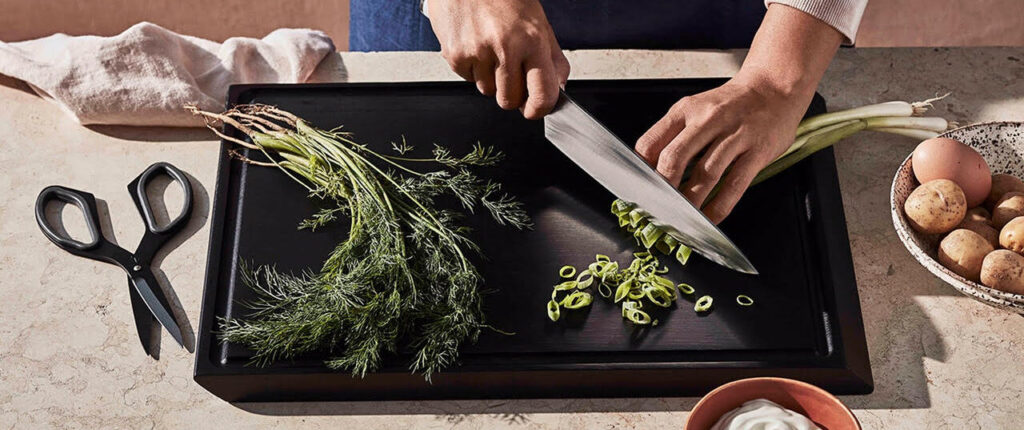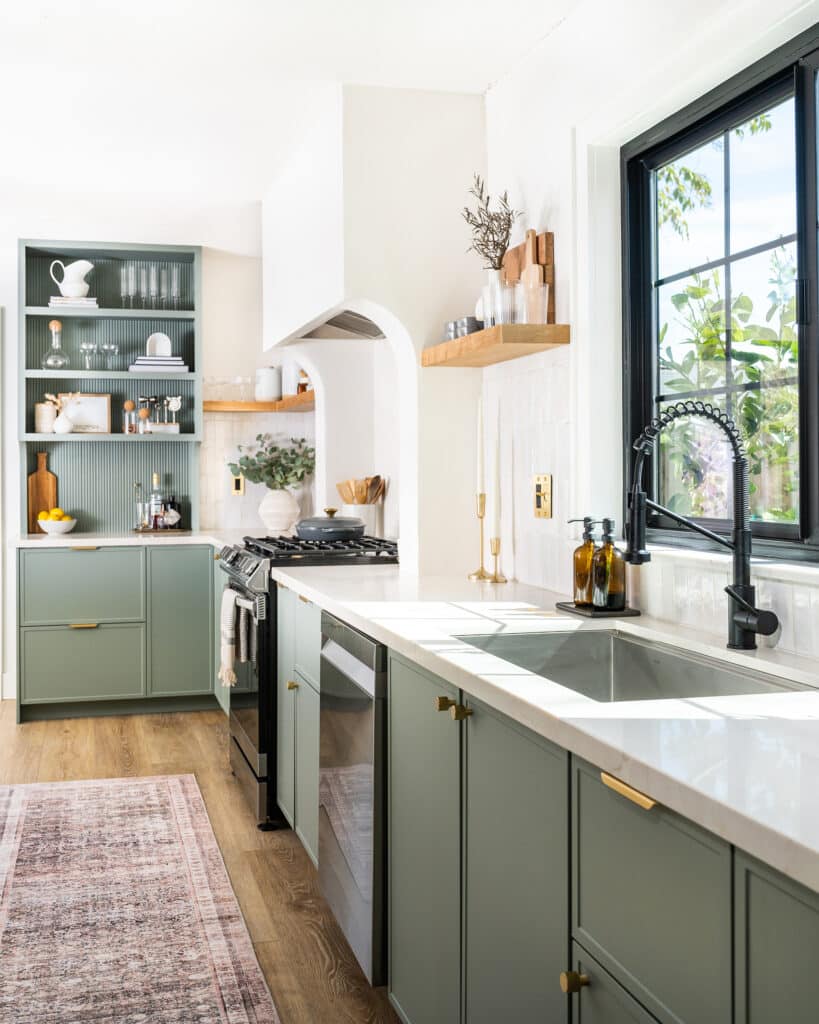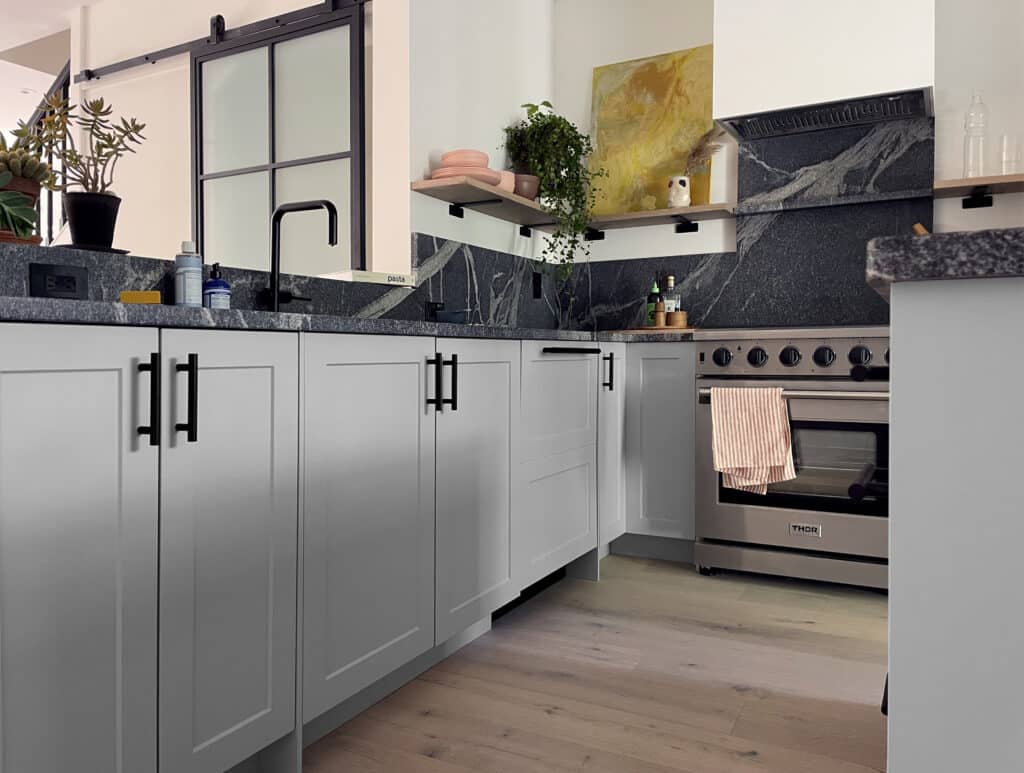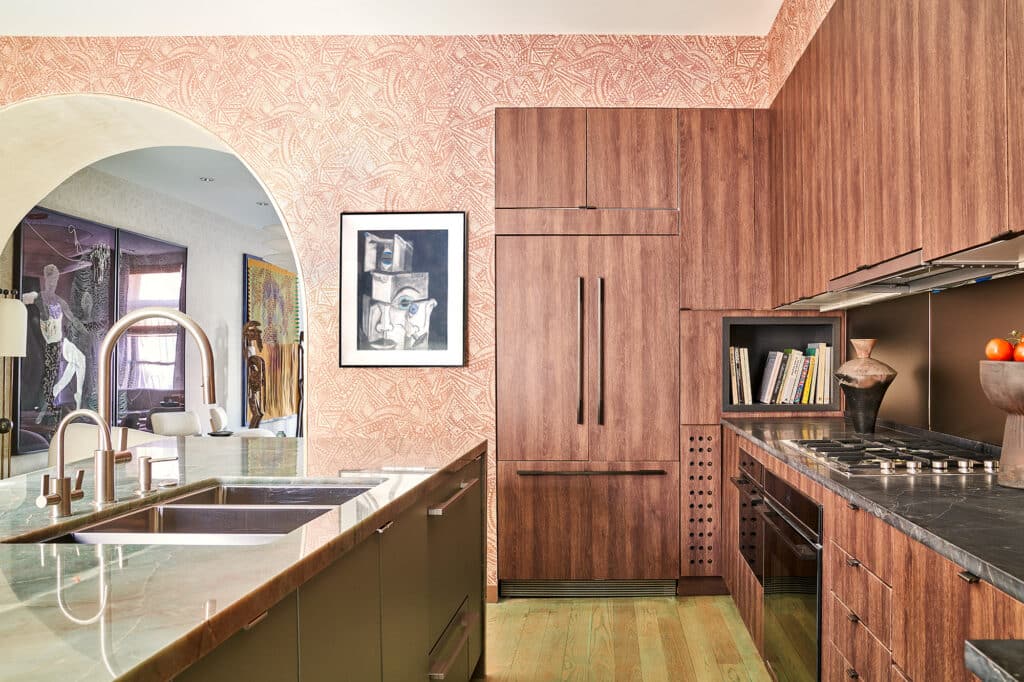As they rose in their respective fields, Eunice Byun and her friend Dave Nguyen used to catch up, unwind, and reconnect while cooking together. They enjoyed their time in the kitchen, but the process got them thinking about the tools they used to craft these meals.
They wondered why people were content making do with cheap cookware and hand-me-downs. They wondered why so many items looked good, but didn’t perform. Most of all, they wondered why so few kitchenware brands evoked the same kind of devotion as a quilted Chanel bag or a favorite lipstick. “We started Material because we were kind of overwhelmed by the amount of stuff people accumulate in the kitchen, but they rarely love the things they have,” Byun says.
Byun and Nguyen set out to reimagine the essentials: tongs, pans, and even knife blocks from a luxury brand angle. Three years in, Material is known for a suite of sustainable and well-made kitchenware that looks good and performs equally well. Working with an in-house industrial designer allows them to quickly create innovative pieces that you won’t find anywhere else. A good example is their Soft-Edge Turner silicone spatula, which is constantly selling out. It’s got a beveled edge to allow for egg acrobatics, and it’s just $15. Here, Byun shares her philosophy on how to create a kitchen full of functional items that you’ll treasure.
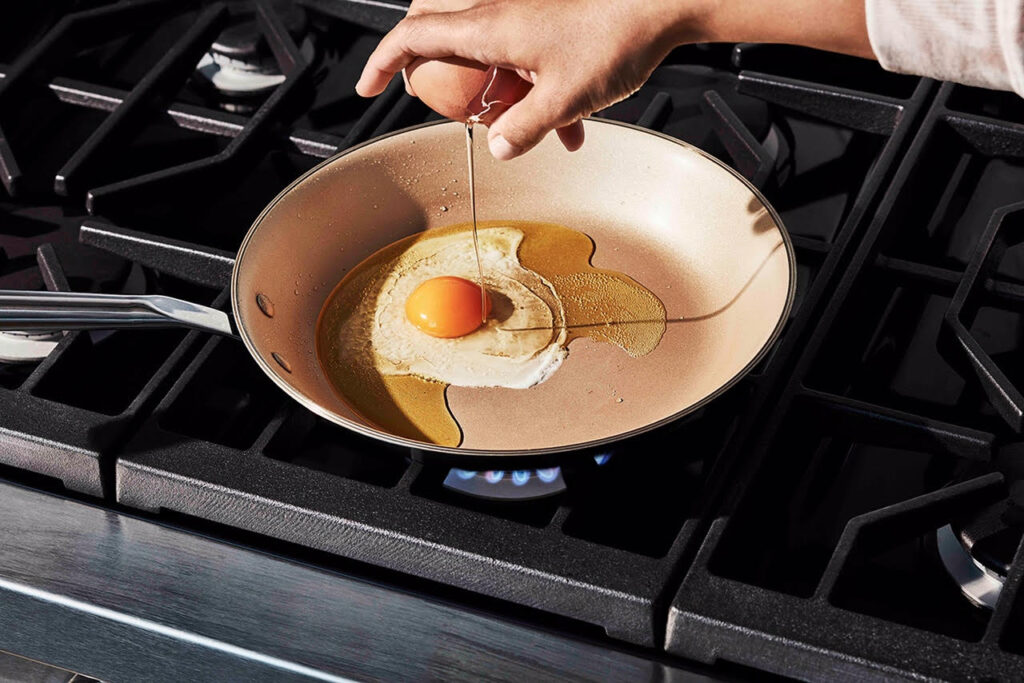
Choose your nonstick carefully
Byun says it’s good that these days, most people know to avoid old-school nonstick pans that contain harmful chemicals like PFOs and PFOAs. But not all new “ceramic” nonstick pans are created equal. Often the coating wears off surprisingly quickly, entering your food and leaving you with a pan that everything sticks to. They created The Coated Pan with a copper core wrapped in a 5-ply stainless steel alloy. Then, they took their time to search out a nontoxic, nonstick surface (which also delivers a pop of color) that proved to be 37 times more durable than ceramic in laboratory stress tests. “Not only is it effective from a heating perspective, which allows you to cook more efficiently, you never have to get rid of it,” Byun says.
Look for sustainable materials
Plastic is one of the best surfaces for cutting food. But since there’s so much non-biodegradable plastic on the planet, Byun says they didn’t want to create more. Enter The reBoard: a blend of 75% leftover plastic scraps and 25% sugar cane. Whether you’re chopping a clove of garlic or a head of black kale, it’s just the right size (thanks to their “mini” version). And the thoughtful thumbhole in the corner makes it easy to hold at an angle with one hand while you sweep your veggies into a sauté pan. And while we’re taken with the deep blue reBoard in Dark, when you buy the pale pink or leaf green board, 50% of profits goes to Drive Change and Heart of Dinner, two NYC-based nonprofits that provide paid fellowships in the food service industry to formerly incarcerated youth and deliver meals to Asian elders, respectively. More of a wood cutting board type of person? Their Angled Cutting boards are made from ebonized oak or walnut certified by the Forestry Stewardship Council.
Figure out what you really need
While a family of four has different cookware needs than a singleton, none of us needs as much as we think, says Byun. She says a big knife and a small knife are sufficient, plus a skillet, a sauce pot to heat soup, and a larger stockpot for chili. Add in a nice cutting board or two and a spatula. Two underappreciated kitchen tools: kitchen shears, which are great for snipping herbs, and tongs. “We feel strongly more people should be cooking with tongs because they’re so versatile,” Byun says. And in case you’re not convinced (we are), Material Kitchen gave their Only Tongs a magical secret design feature that makes them lock when you point them up and open when you angle them down.




